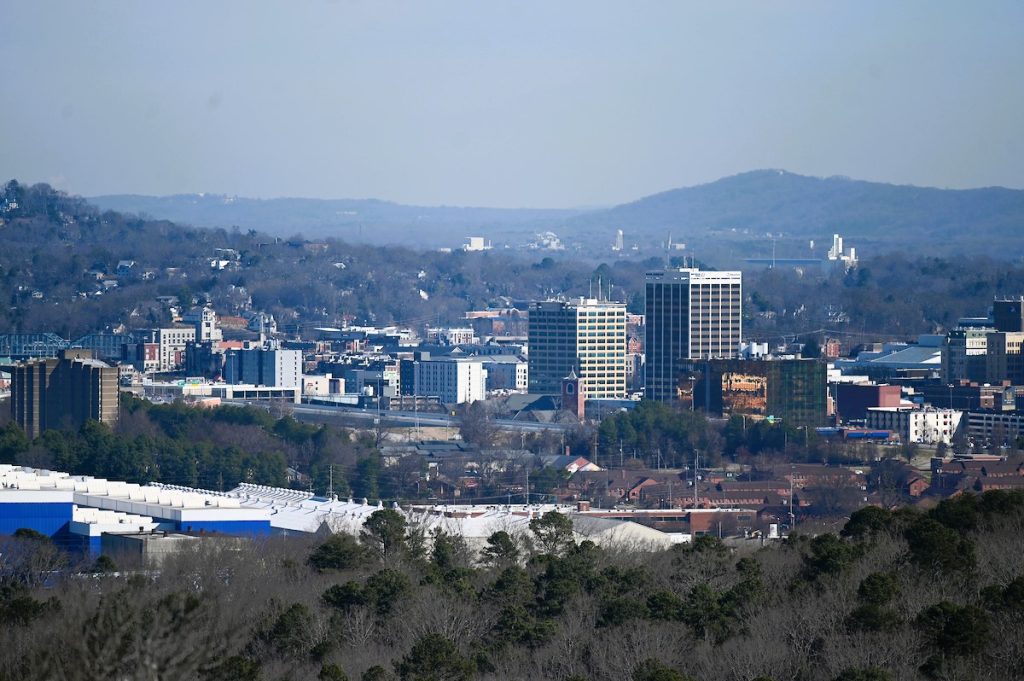
Over the past decade, the economy of the Chattanooga metro area has outperformed that of the country as a whole. Between January 2014 and December 2023, the number of nonfarm jobs (also called payroll employment) rose by 18.8 percent in the Chattanooga metro area, but by only 14 percent in the United States. The COVID pandemic and its aftermath certainly left its mark along the way, but Chattanooga and the United States both have recovered roughly to the levels of employment they would have had if pre-pandemic trends had continued. The good news for Chattanooga is that the positive boost in its trend prior to the pandemic appears to have become the new normal.
Longtime residents of Chattanooga might be shaking their heads in disbelief at the strength of the local economy given how it was an underperformer for decades prior to its recent resurgence: Between 1990 and 2013, employment in the United States grew by about 25 percent while in Chattanooga metro area it grew by less than 16 percent.
For both the low-growth and high-growth eras, the driving force behind the relative performance of the local economy was the manufacturing sector. In terms of the number of jobs it provides, the sector was in a slow decline for decades prior to 2010, both nationally and locally. Given that Chattanooga was more manufacturing-intensive than the rest of the country, it was hit harder by the sector’s decline as a job provider.
The decline of manufacturing employment was reversed in the wake of the Great Recession of 2008-09, however. Nationally, employment in the sector stabilized and then rose, now standing about 15 percent higher than it was at the start of 2010. As unexpected as that reversal was, I suspect that no one in 2010 predicted that Chattanooga’s manufacturing employment was going to rise by almost 50 percent by the end of 2023.
The manufacturing sector in Chattanooga has not simply recovered lost jobs. It has been transformed. For decades it was nondurable goods such as food that were dominant. But that changed with the entry of Volkswagen and other durable-goods manufacturers into the Chattanooga economy. In fact, all of the 13 thousand or so increase in manufacturing jobs in Chattanooga can be attributed to the expansion of durable goods manufacturing. And these are not at all like the manufacturing jobs of the past. They make much greater use of technology and require more skills and education than those in the old smokestack factories.
This manufacturing resurgence is part of a larger story of how the Chattanooga economy has changed over the years and how it compares to the rest of the country. For an accounting of the employment experience of Chattanooga since 1990, and more details about the recent manufacturing-led resurgence, see the first white paper produced by the new Center for Regional Economic Research, “Chattanooga Metro Employment, 1990-2023: Decline, Recovery, and Transformation.”
